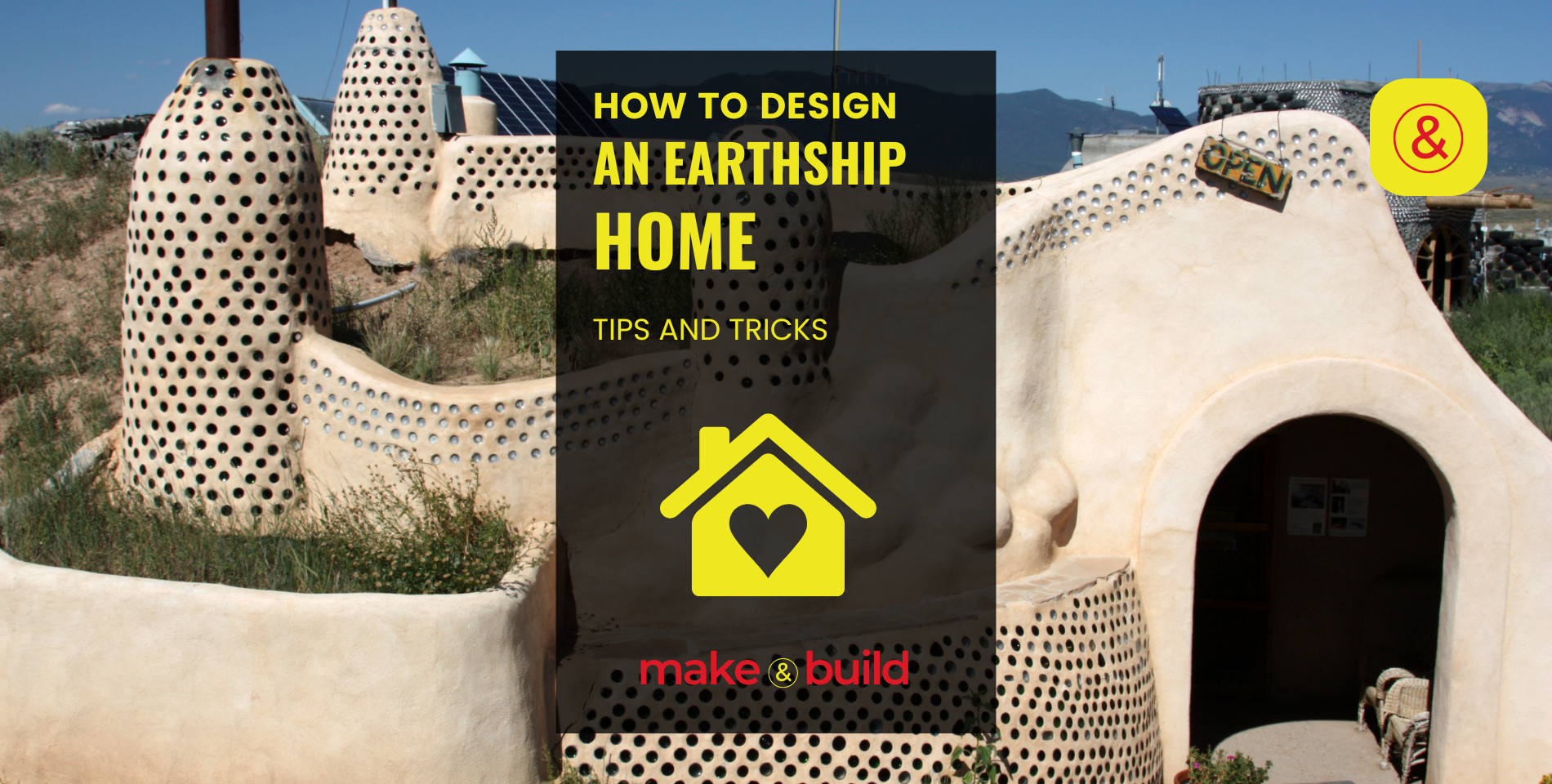In recent years, the concept of sustainable living has gained popularity as individuals seek to reduce their carbon footprint and live more in harmony with the environment. One of the most innovative and environmentally-friendly housing designs is the Earthship home. These unique homes are constructed using recycled materials and sustainable building practices to create a self-sufficient living space. In this guide, we will explore the key elements of designing an Earthship home and how you can create your own eco-friendly oasis.
What is an Earthship Home?
An Earthship home is a type of sustainable housing design that was pioneered by architect Michael Reynolds in the 1970s. These homes are typically constructed using a combination of recycled materials such as tires, bottles, and cans, along with natural materials like earth and straw. The design of an Earthship home is intended to be self-sustaining, with features like solar panels, rainwater collection systems, and passive solar heating and cooling.
Key Elements of Designing an Earthship Home
When designing an Earthship home, there are several key elements to consider in order to create a sustainable and functional living space. Below are some of the essential components that should be included in the design process.
Site Selection
The first step in designing an Earthship home is to carefully select a site that is conducive to sustainable living. Ideally, the site should have access to sunlight for passive solar heating, as well as access to water for rainwater collection. Additionally, the site should be located in an area with a mild climate that allows for year-round living in the Earthship home.
Thermal Mass
One of the key features of an Earthship home is its use of thermal mass to regulate indoor temperatures. Thermal mass refers to materials that can absorb and store heat, such as earth-packed tires or adobe walls. By incorporating thermal mass into the design of the home, you can help to maintain a consistent indoor temperature throughout the year.
Solar Panels
Solar panels are an essential component of an Earthship home, as they provide the energy needed to power the home’s electrical systems. By harnessing the power of the sun, you can generate clean and renewable energy to meet your daily needs. When designing an Earthship home, be sure to include enough solar panels to provide sufficient energy for your household.
Rainwater Collection
Another important feature of an Earthship home is its rainwater collection system. By capturing and storing rainwater, you can reduce your reliance on municipal water sources and minimize your environmental impact. When designing your Earthship home, consider incorporating a system for collecting and filtering rainwater for use in bathing, cooking, and watering plants.
Greenhouse
Many Earthship homes include a greenhouse or conservatory space that is used for growing food and plants year-round. By harnessing the power of the sun, you can create a warm and humid environment that is ideal for growing a variety of fruits, vegetables, and herbs. When designing your Earthship home, consider including a greenhouse that is integrated into the overall design of the home.
Tips for Designing an Earthship Home
When designing an Earthship home, there are several tips and strategies that can help you create a functional and sustainable living space. Below are some key tips to keep in mind during the design process.
Work with an Experienced Architect
Designing an Earthship home can be a complex process, so it’s important to work with an experienced architect who has expertise in sustainable design. An architect can help you navigate the various elements of designing an Earthship home, from selecting a site to choosing the right materials and systems for your home.
Research Local Building Codes
Before starting the design process, be sure to research local building codes and regulations that may impact the construction of your Earthship home. Some areas have specific requirements for sustainable building practices, so it’s important to understand what is allowed in your area before moving forward with your design.
Consider Your Lifestyle Needs
When designing an Earthship home, it’s important to consider your lifestyle needs and how the design of the home can support them. For example, if you enjoy cooking, you may want to include a larger kitchen space with ample storage and counter space. If you work from home, you may want to include a dedicated office space in your design.
Incorporate Passive Design Strategies
Passive design strategies are an essential component of designing an Earthship home, as they help to maximize energy efficiency and minimize the need for artificial heating and cooling. Be sure to incorporate features like south-facing windows for passive solar heating, natural ventilation for cooling, and strategic shading to prevent overheating in the summer.
Conclusion
Designing an Earthship home is a unique and rewarding experience that allows you to create a sustainable living space that is in harmony with the environment. By incorporating key elements like thermal mass, solar panels, rainwater collection, and a greenhouse, you can create a self-sufficient home that meets your needs while minimizing your environmental impact. With careful planning and the help of experienced professionals, you can design an Earthship home that is both functional and beautiful. Start your journey to sustainable living today by exploring the possibilities of designing an Earthship home.

